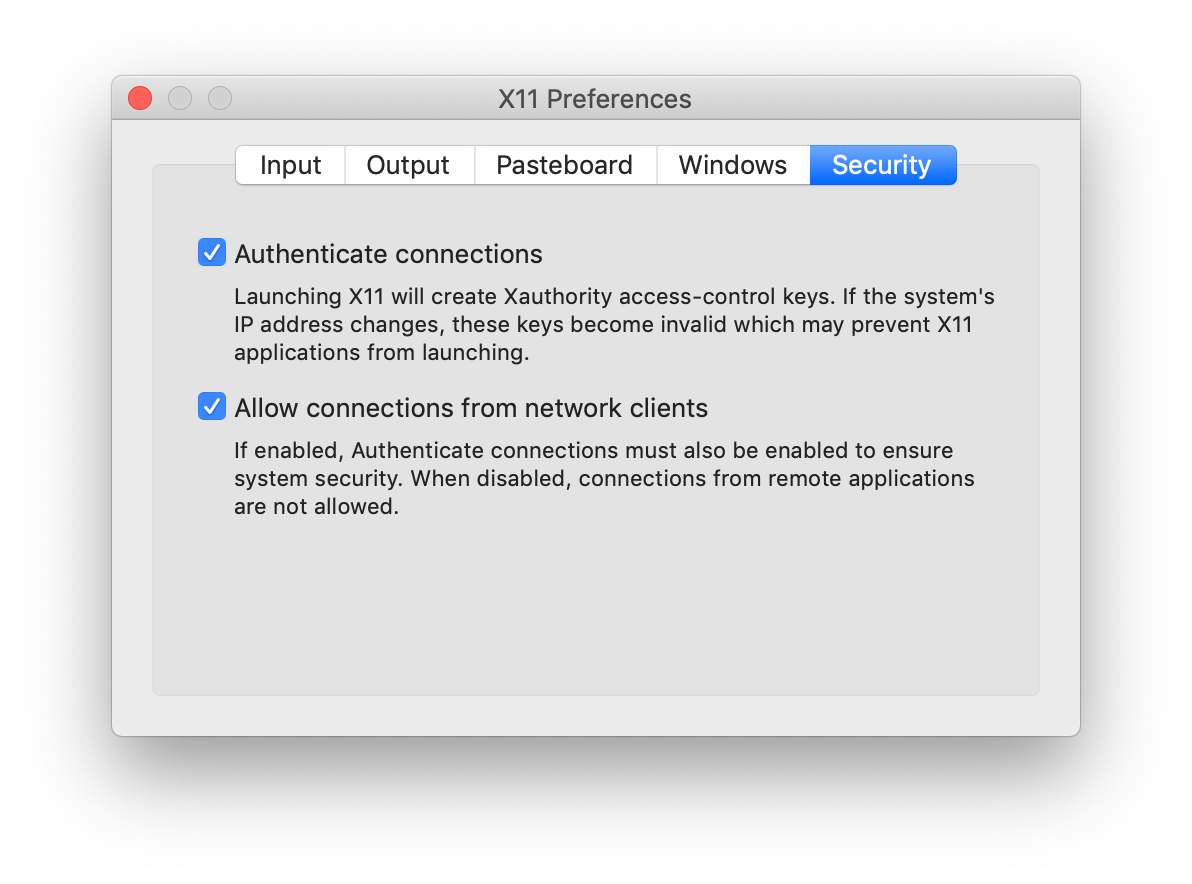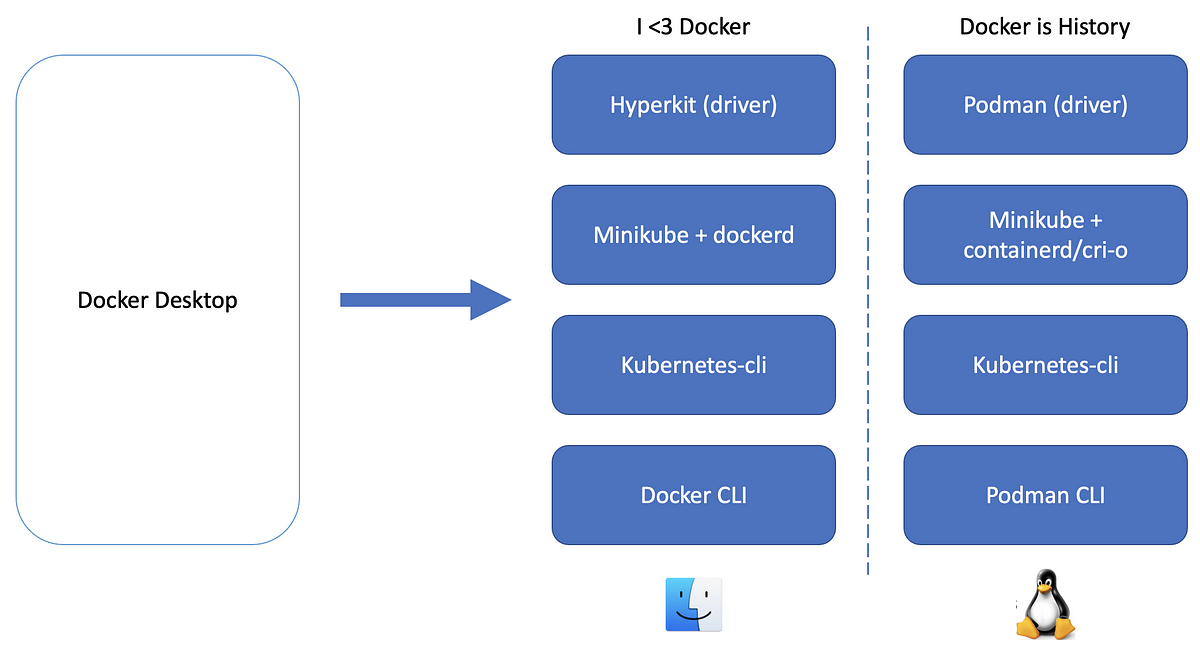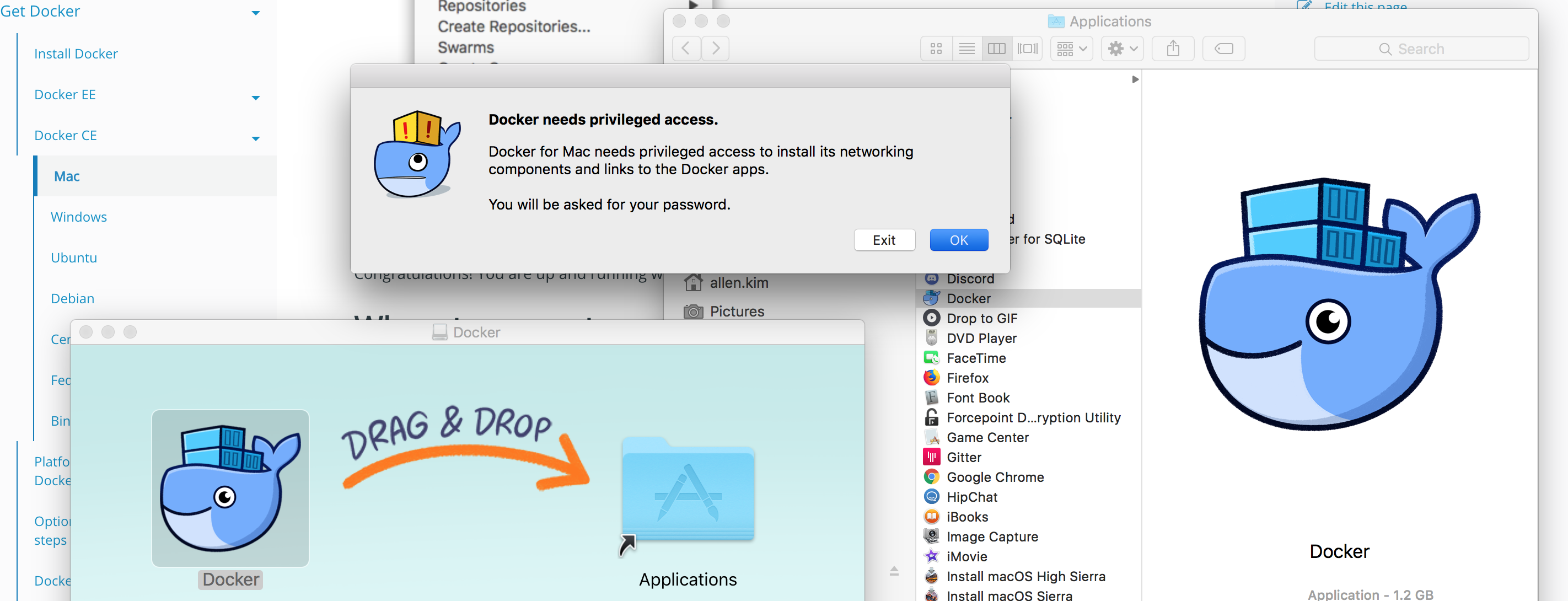

Each container is just the read-write layer, and only one copy of the image exists on your system.

You can run the same image in multiple containers using very little memory. Running an image creates a container - a thin read-write layer on top of the read-only layers of the image.

Wow, lots of new terms to learn! Starting from the top: The Docker daemon streamed that output to the Docker client, which sent it The Docker daemon created a new container from that image which runs theĮxecutable that produces the output you are currently reading.Ĥ. The Docker daemon pulled the "hello-world" image from the Docker Hub.ģ. The Docker client contacted the Docker daemon.Ģ. To generate this message, Docker took the following steps:ġ. This message shows that your installation appears to be working correctly.

Status: Downloaded newer image for hello-world:latest The output of this command explains what Docker just did: A Docker image is an app, and you run it on your system in a Docker container.
MAC DOCKER IP DOWNLOAD
The meaning of the word image is similar to the disk images you download as. If the image is not on your host system, it tries to pull it from the default Docker image registry. The workhorse Docker command is docker run, and this is the simplest docker run command - it specifies the Docker image to run. Open Terminal, and enter this command to see that Docker is running OK: Note: There’s a handy list of all the commands in this tutorial - scroll down to the end. After completing this tutorial, you’ll be well on your way to Docker ninjadom!
MAC DOCKER IP HOW TO
You’ll learn how to run Docker containers in the background or foreground, and switch between the two how to publish ports how to connect a database app and a web app running in separate containers and how to share directories between containers and your Mac, and among containers. In this tutorial, you’ll get comfortable with Docker vocabulary and commands for creating, inspecting and removing containers, networks and data volumes. Basically, to join the ranks of it-works-on-my-machine developers! Containers provide isolation and security like virtual machines, but they’re much smaller because they run in the host machine’s system.Īs an iOS developer, why would you want to use Docker? To avoid version problems - to run versions of operating systems, programming languages, database apps, web apps and web servers, machine learning programs - all in isolated environments, to avoid side effects from whatever else you’ve installed on your Mac. Docker is a tool that makes it easy to run applications in containers.


 0 kommentar(er)
0 kommentar(er)
